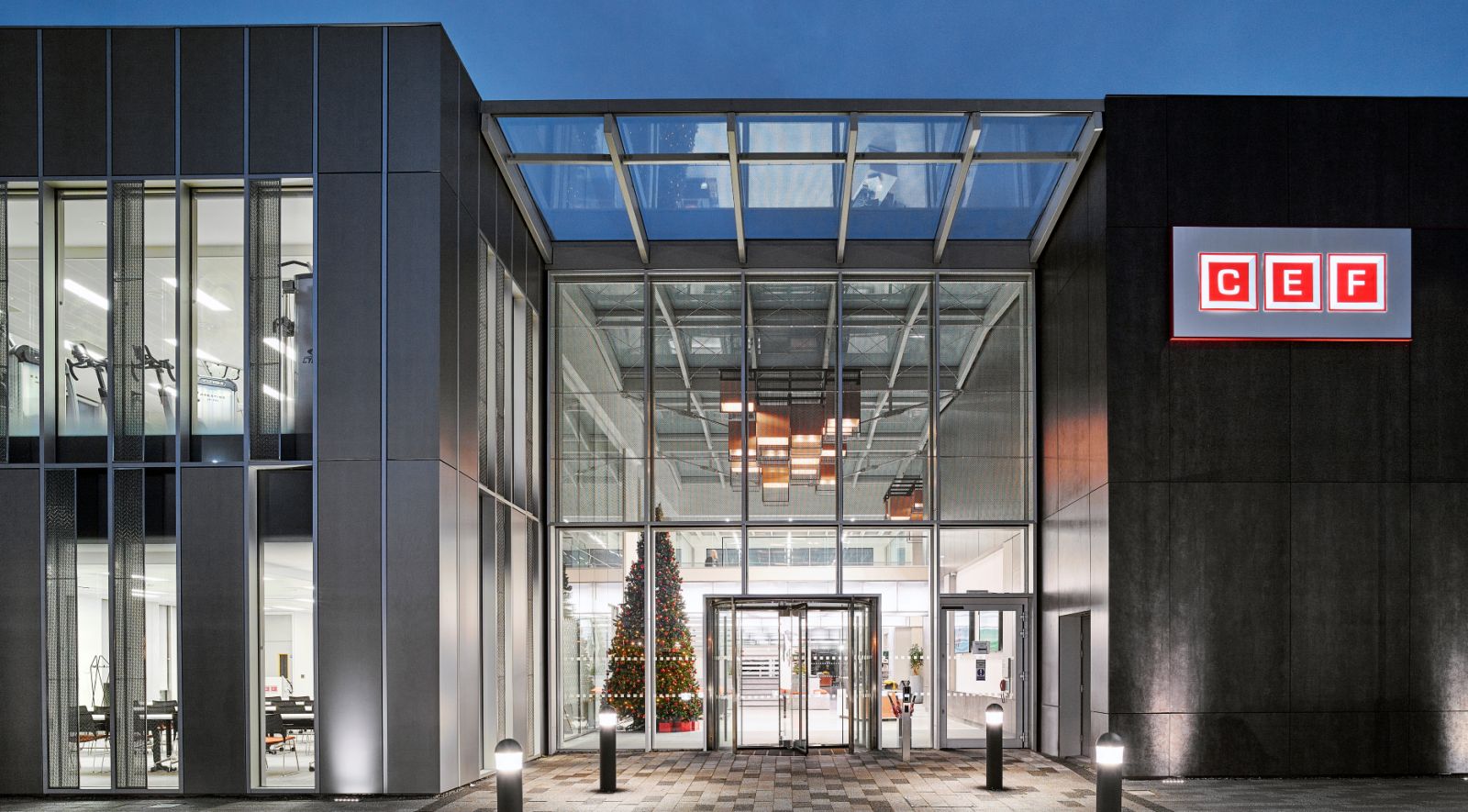Set within rich green landscape on the outskirts of Durham, Janet Nash House is the new European IT headquarters for global electrical business City Electrical Factors (CEF). The building combines a variety of working environments to create a rich office landscape of workplace settings. This has allowed the firm to consolidate all of its IT departments into one location, helping to improve both individual and team performance.
A new workplace typology
The workplace is split into two distinctive areas, providing working environments with unique spatial qualities to support the requirements of different departments. The northern block comprises controlled office environments for the ‘data preparation’ and ‘software development’ teams. These include cellular spaces, specialist workplaces and breakout areas which require a high level of control over access, lighting, privacy and acoustics.
In contrast, the ‘L’ shaped southern workspace—which wraps around a shared central atrium—is an interactive workplace offering a more open, fluid and transient environment to support the creative processes of the ‘graphics and marketing’ team. These two areas are joined together by a fifty two metre long, two storey, glazed atrium which is both a collaborative extension of the workplace and a destination in itself.
It offers a series of engaging and interactive breakout spaces and enhanced amenities for all employees, including a café, tea points and games area. A glowing feature staircase and walkway bridges provide physical connectivity and visual connections across the atrium to promote interaction. A range of semi-protected and cellular spaces are integrated into the open plan work areas to create acoustically sheltered places for focus, contemplation or mental restoration.
A visual celebration of CEF
The materials selected for the project are a physical expression of the layering of components found within the client’s core product – the electrical cable. This design que allows the building to become a visual celebration of CEF’s company ethos and rich industrial heritage. Large format porcelain panels are expressed both internally and externally throughout the northern block as a reference to the traditional use of ceramics as an electrical insulation material.
Here, the density and depth of the façade treatment embodies the static and controlled nature of the workplace environment. In contrast, the southern ‘wrap’ takes inspiration from the foil shield of the coaxial cable, with brushed alunatur panels framed in an anodized aluminum curtain walling system. Layered in front of the translucent glazing, stainless steel woven mesh—reminiscent of the braided shield—is inset into the module to provide solar shading.
The light, rhythmic and reflective qualities of this façade treatment respond to the more open and fluid workplace environment accommodated within. Throughout the atrium, materials such as copper, steel and translucent plastics are elegantly detailed to incorporate CEF products within the many bespoke joinery items, creating a functioning catalogue of their goods.
Commitment to wellbeing
Taking inspiration from CEF’s commitment to employee wellbeing, active design and biophilic design principles were adopted and became fundamental to the design of the workplace. The prominent feature staircase is located at the entrance to the building. This immediate visual connection promotes active use of the staircase and provides a visual anchor to the shared spaces within the atrium. Amenities such as a fully equipped gym, healthy eating café, outdoor terraces and cycle to work facilities, further promote activity.
Expansive use of glazing and the central positioning of the glazed atrium ensures light permeates through the building, promoting natural circadian rhythms. This is also supported by a colour temperature controlled, LED lighting strategy. Views out into the Durham countryside are promoted along the southern and eastern elevations, especially in the social gathering spaces. The inclusion of a dispersed internal planting strategy throughout reinforces this link to nature.
The building incorporates several technical design innovations, including the first pre-cast concrete structural system with integrated cooling pipework to achieve a 15m span. This has created an expansive volume of column free office space with energy efficient temperature control. The building façade also incorporates the largest format porcelain cladding tiles to be used anywhere in Europe at the time of completion. Source by FaulknerBrowns Architects.
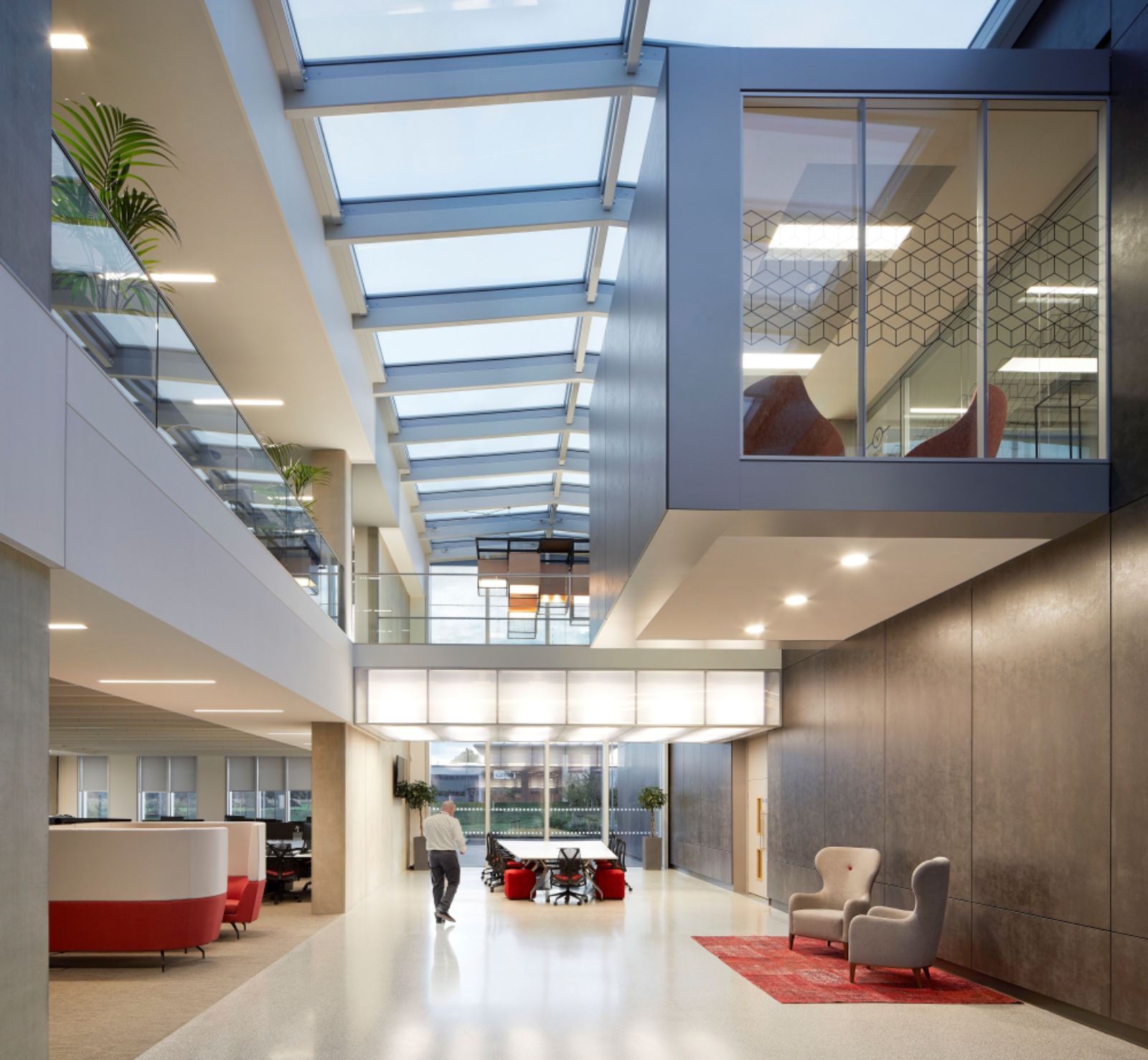
Photo © bHufton+Crow
- Location: Durham, UK
- Architects: FaulknerBrowns Architects
- Structural Engineering: Curtins Consulting
- Main Contractor: SRM
- Cost Consultant: Gleeds
- M&E Consultant: Desco
- Client: City Electrical Factors (CEF)
- Area: 3,645 m2
- Construction Cost: £11m
- Completed: 2018
- Photographs: David Cadzow, Hufton+Crow, Courtesy of FaulknerBrowns Architects

Photo © David Cadzow 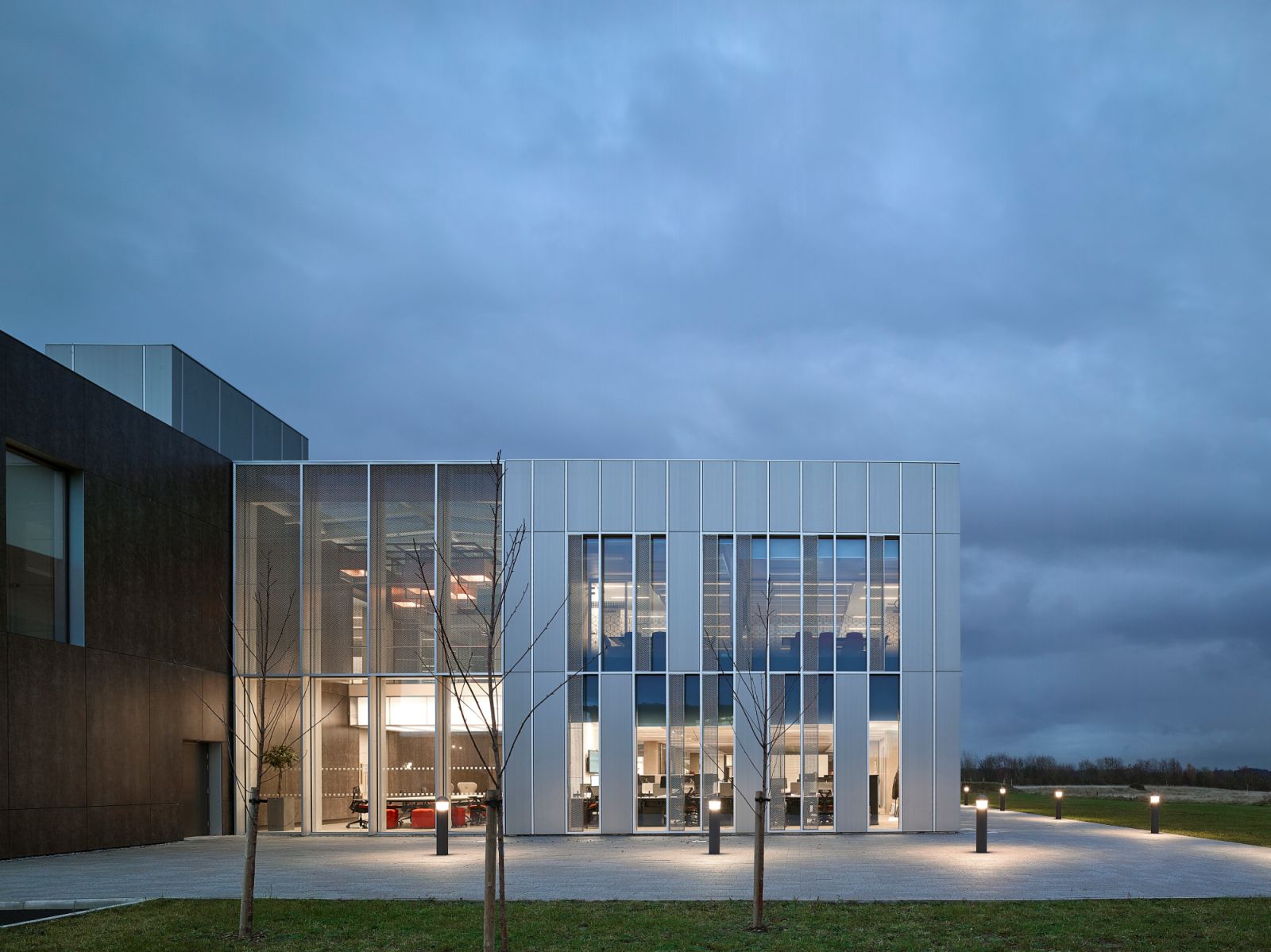
Photo © David Cadzow 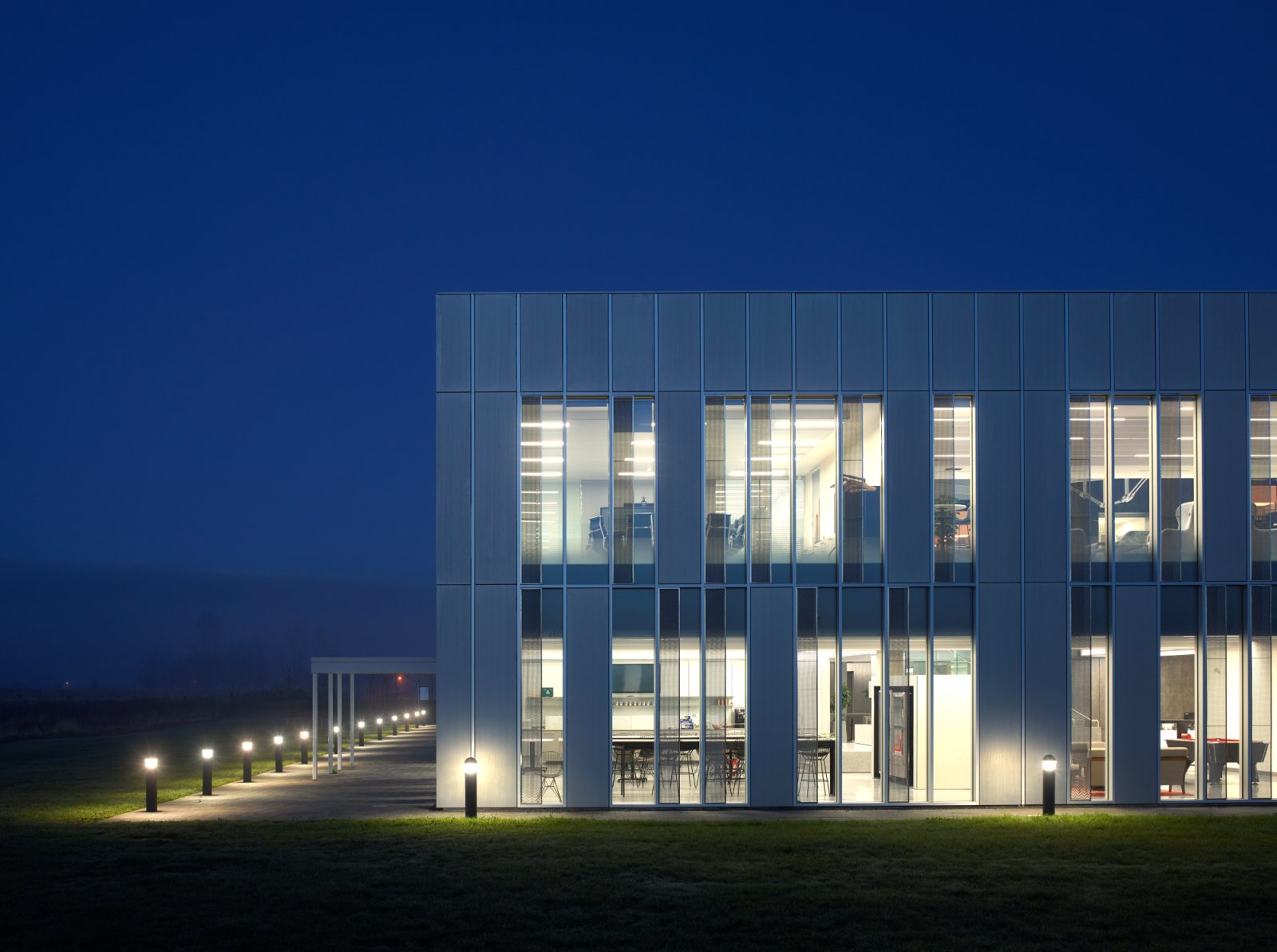
Photo © David Cadzow 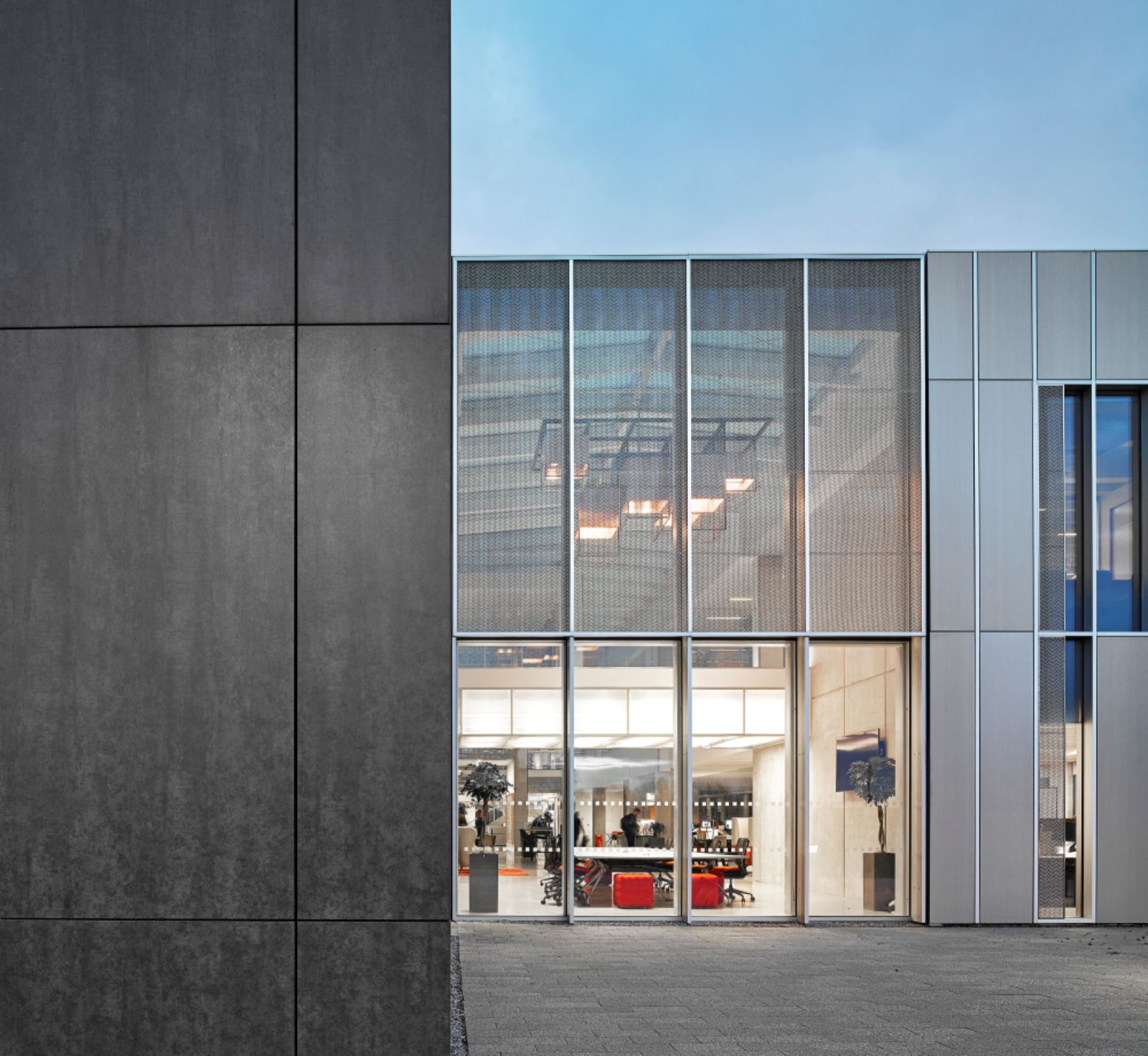
Photo © David Cadzow 
Photo © David Cadzow 
Photo © David Cadzow 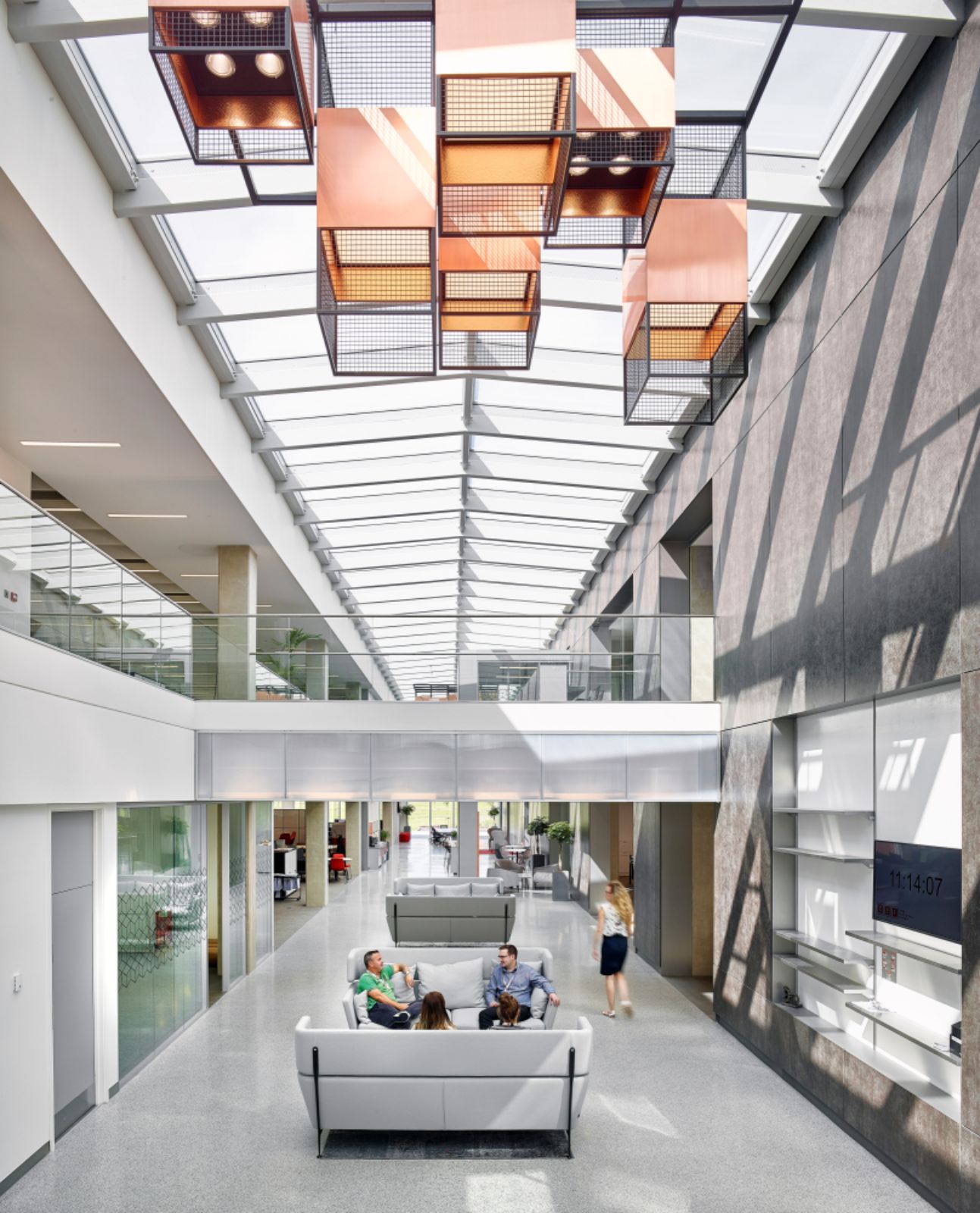
Photo © David Cadzow 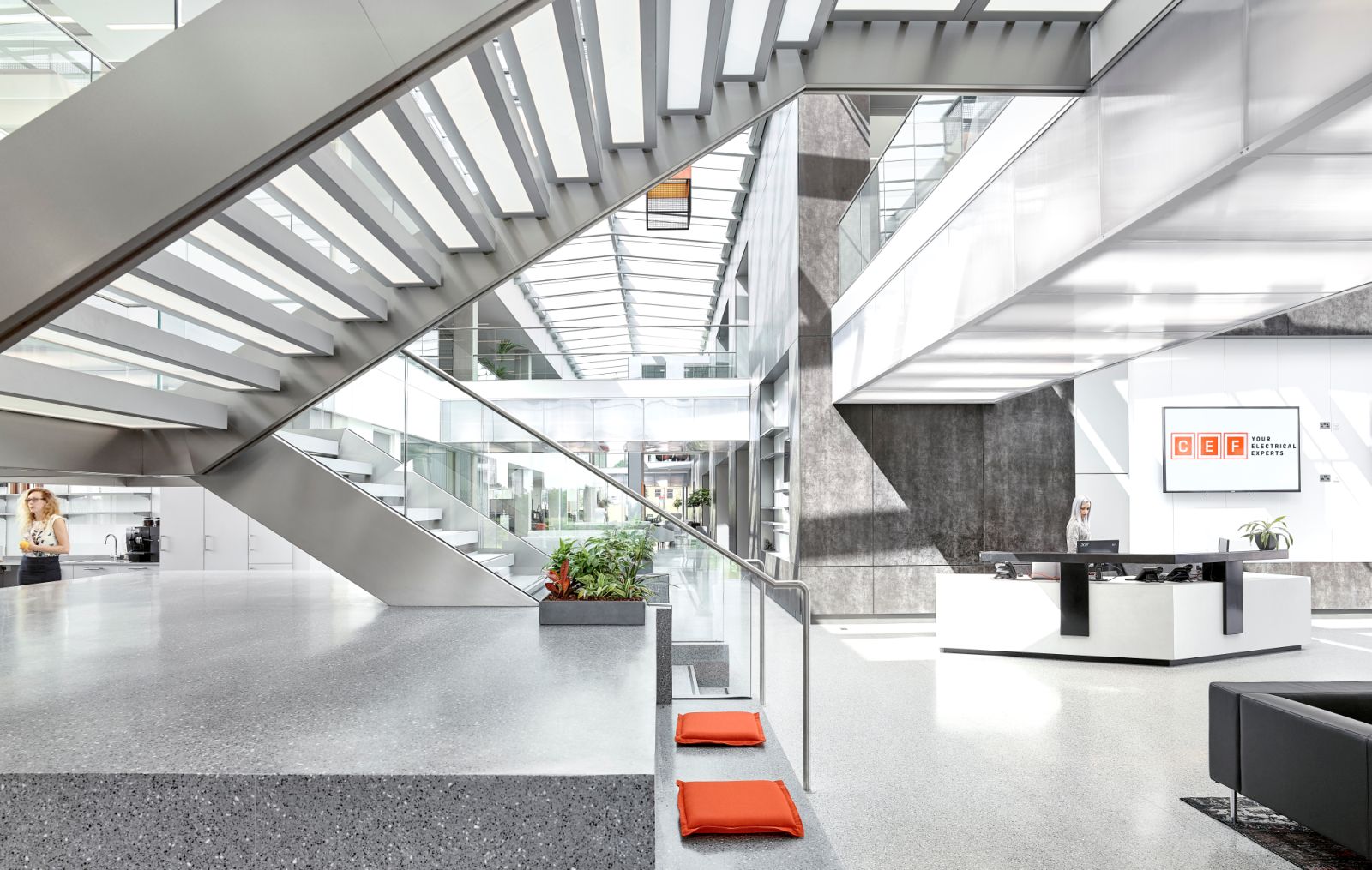
Photo © David Cadzow 
Photo © David Cadzow 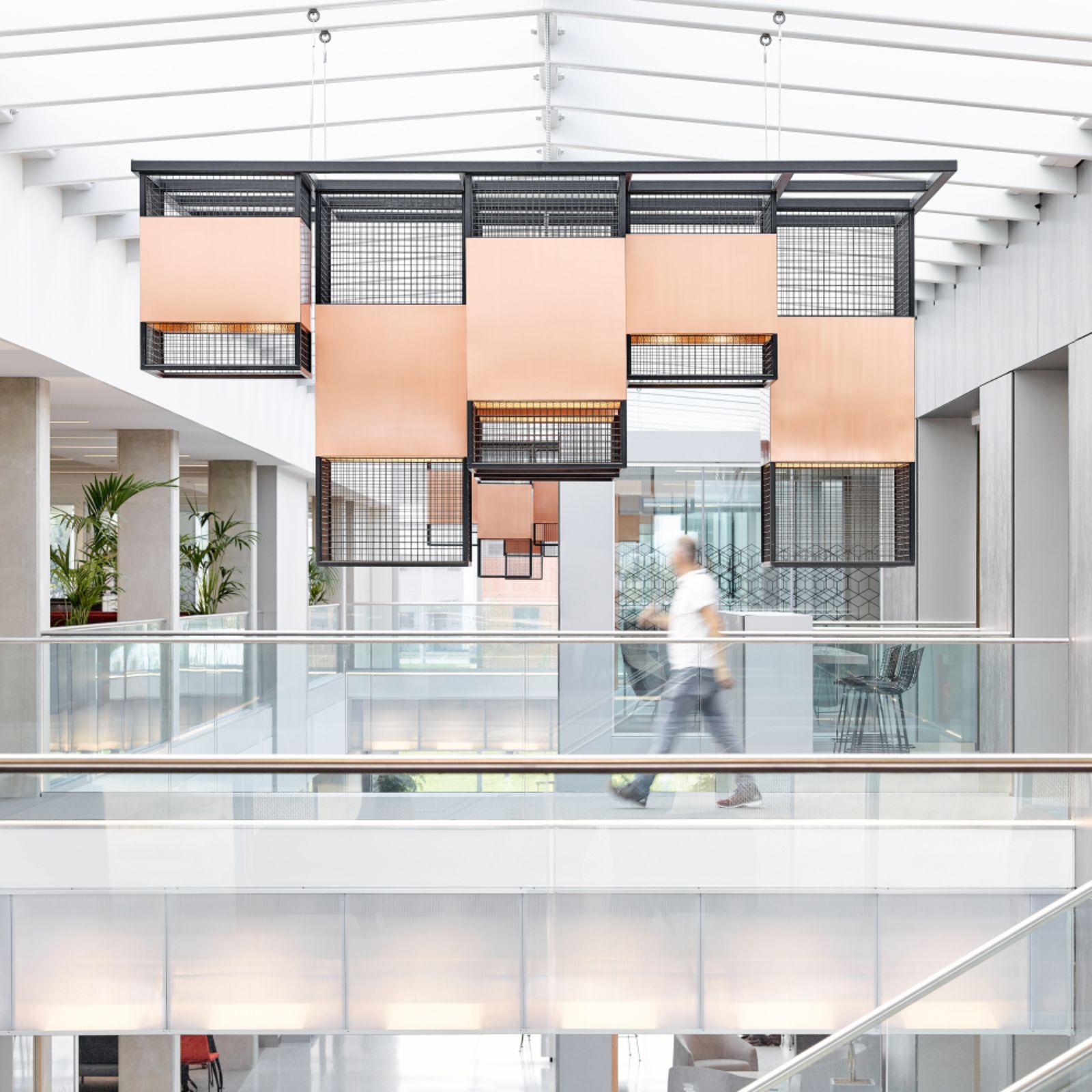
Photo © David Cadzow 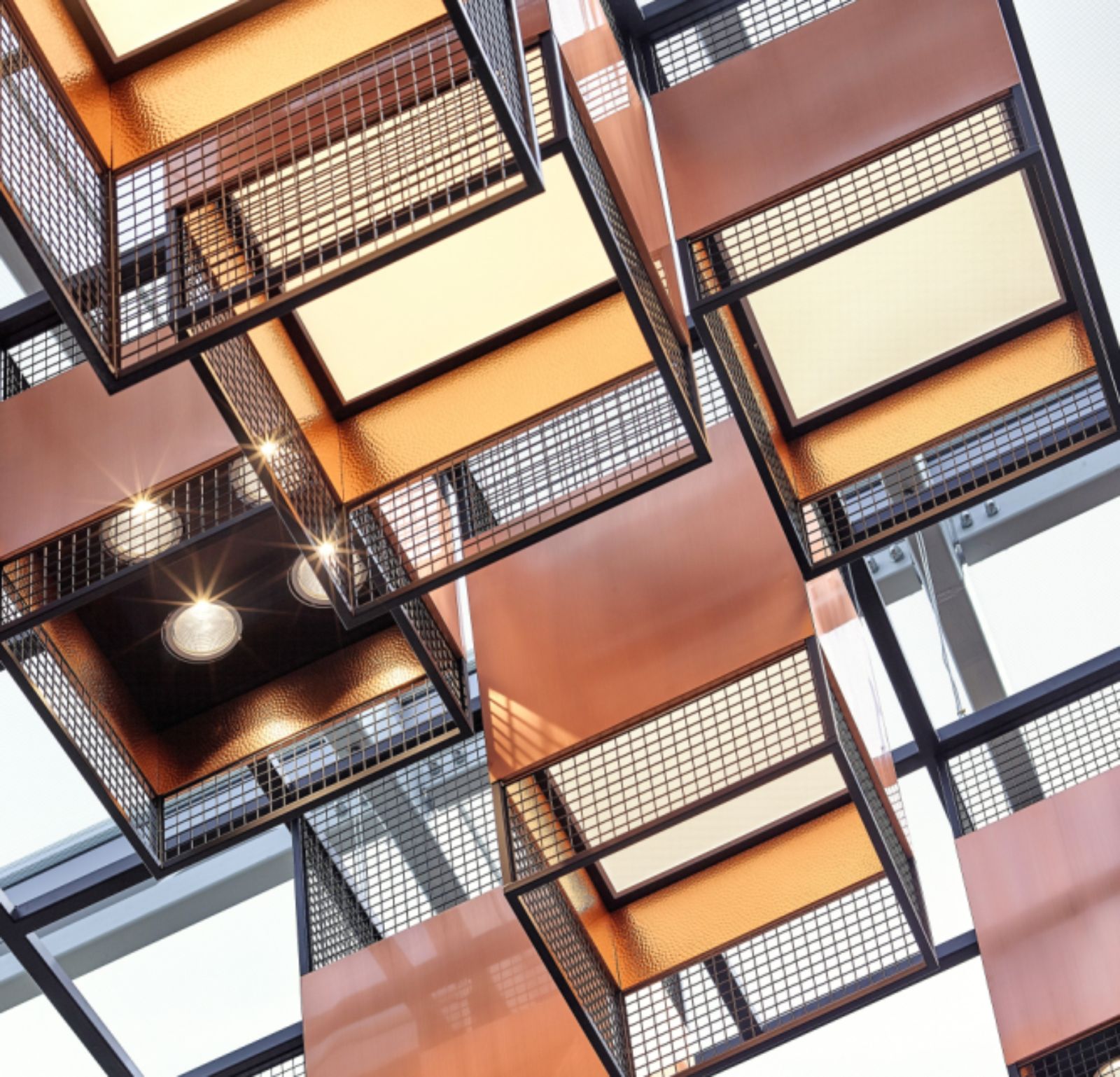
Photo © David Cadzow 
Photo © David Cadzow 
Photo © David Cadzow 
Photo © bHufton+Crow 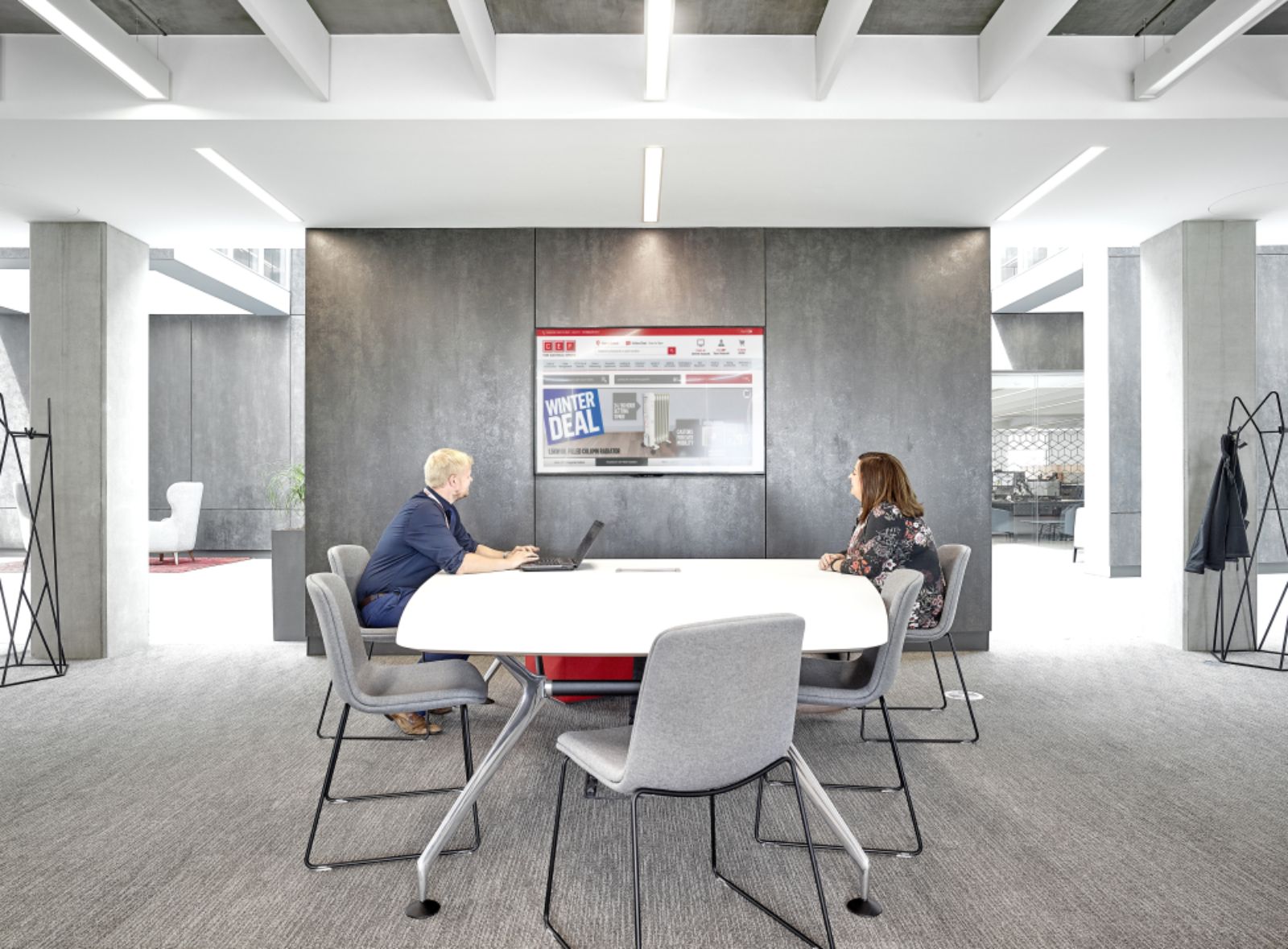
Photo © David Cadzow 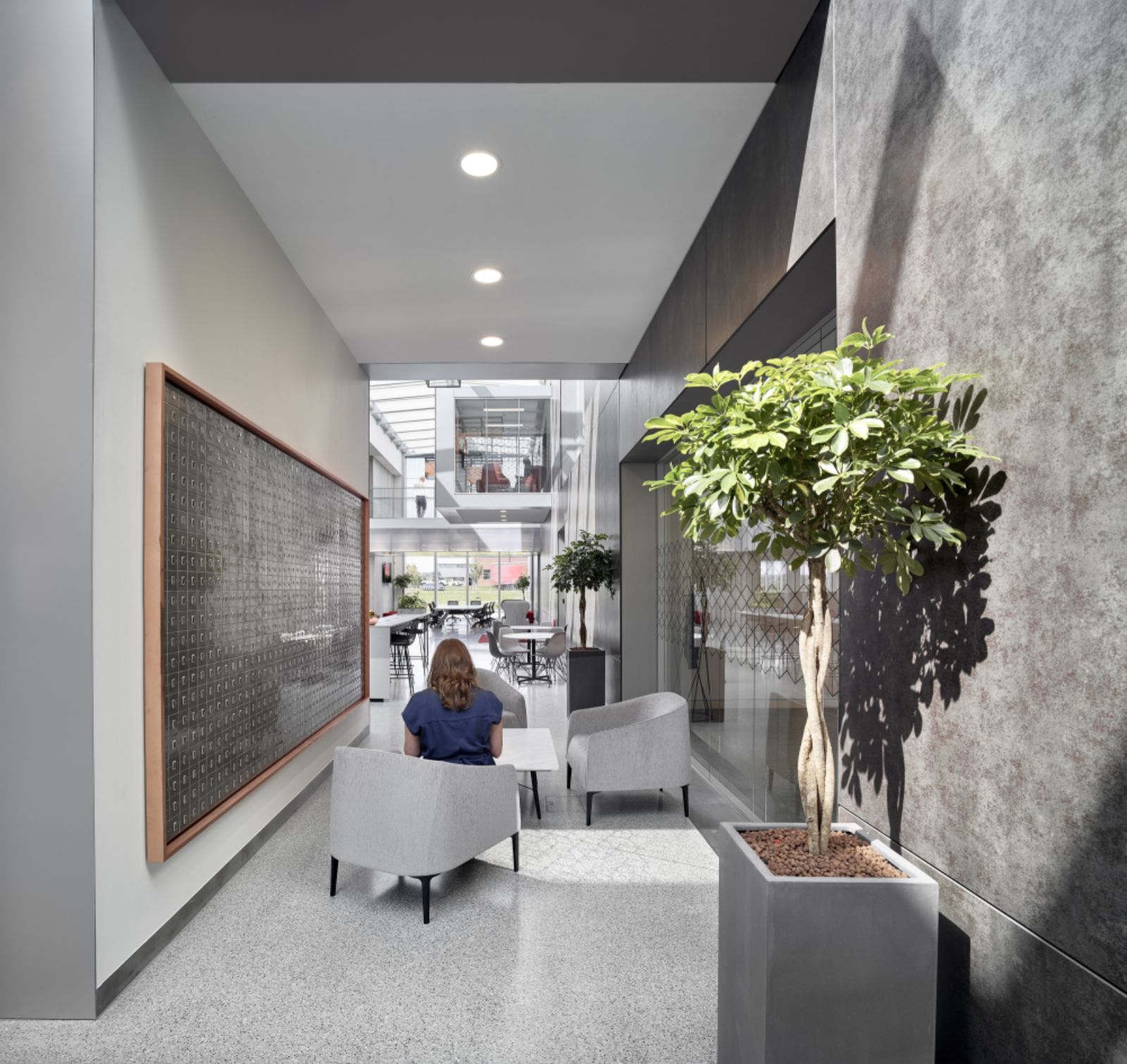
Photo © David Cadzow 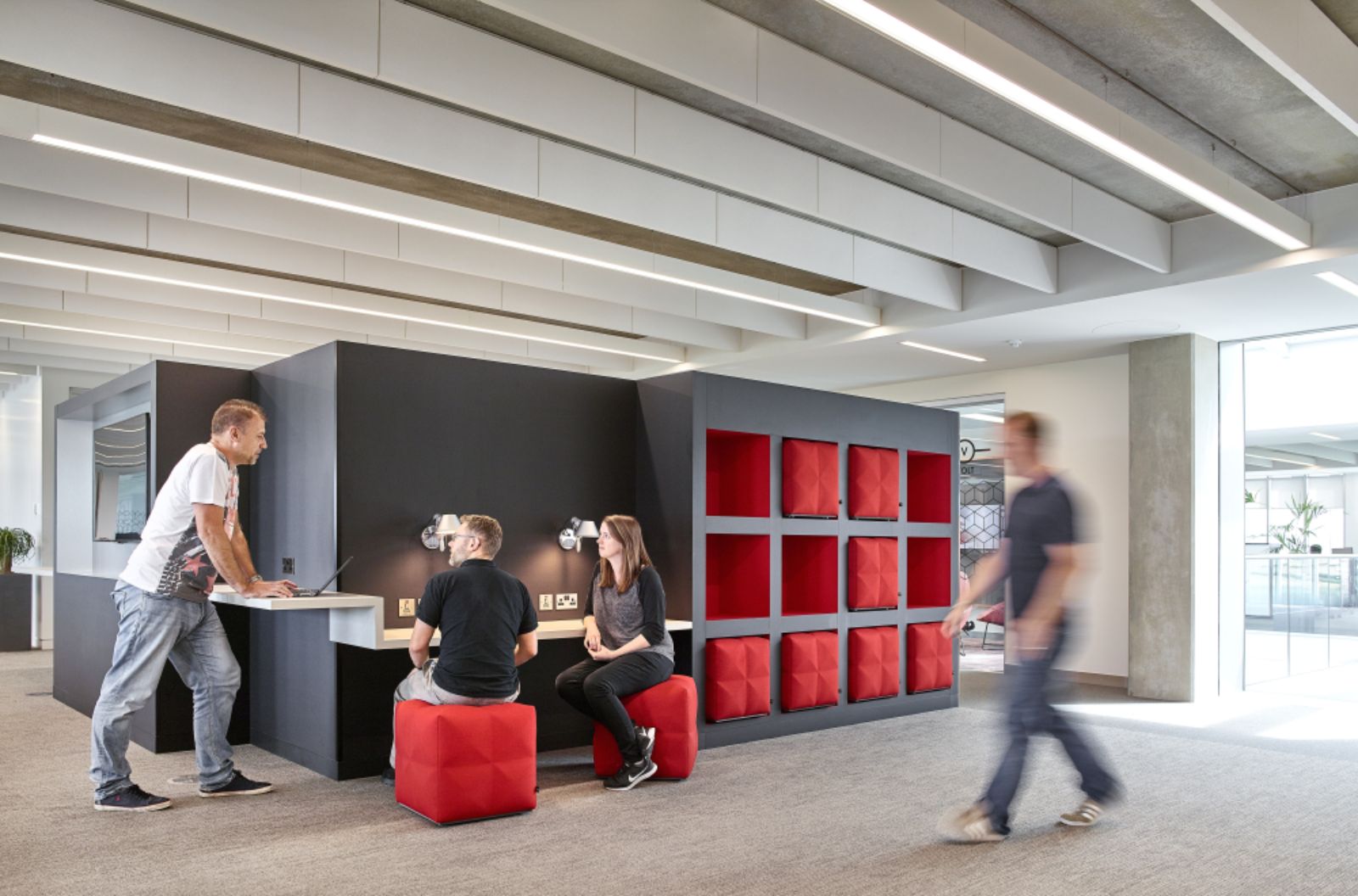
Photo © David Cadzow 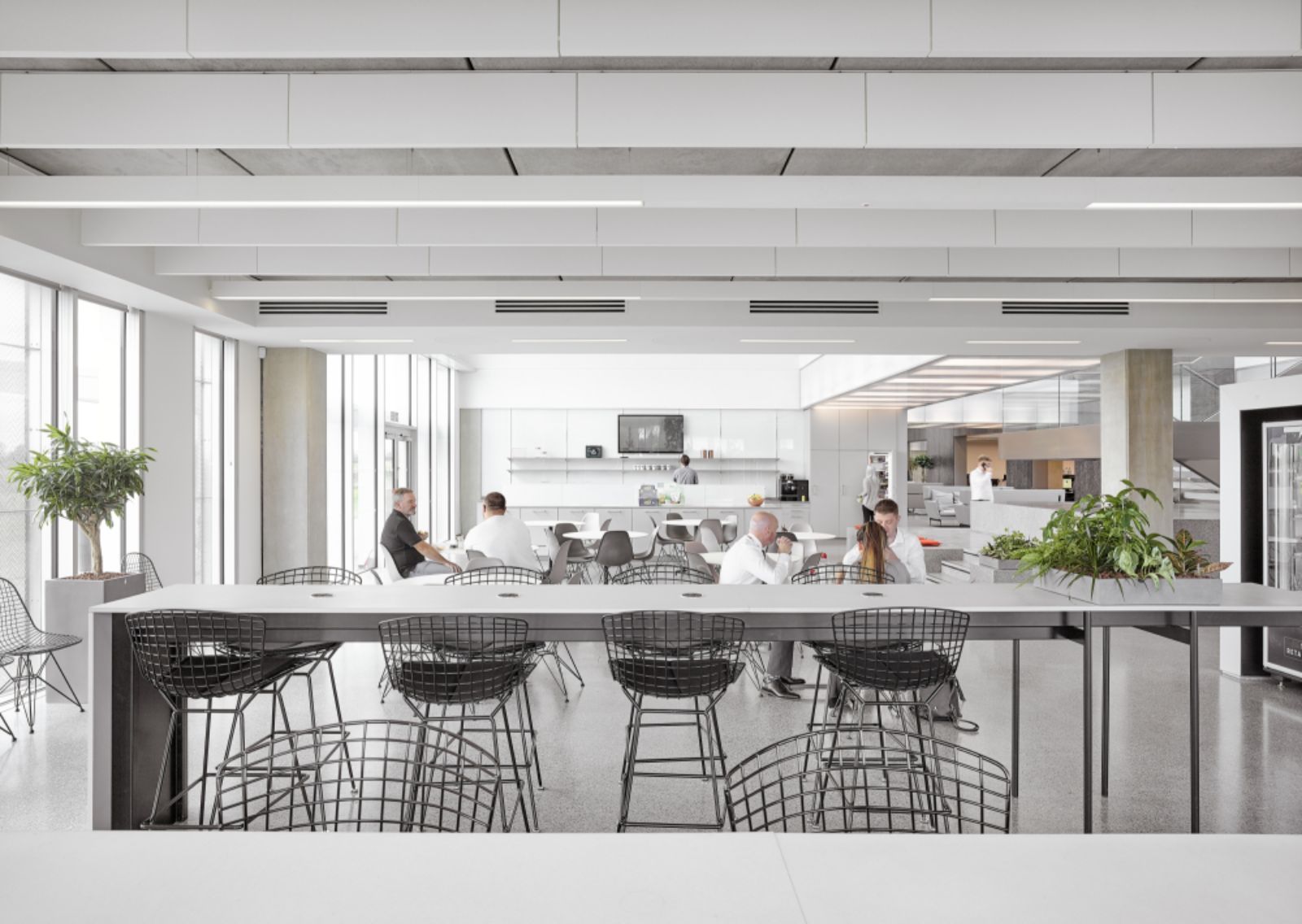
Photo © David Cadzow 
Level 00 Floor Plan 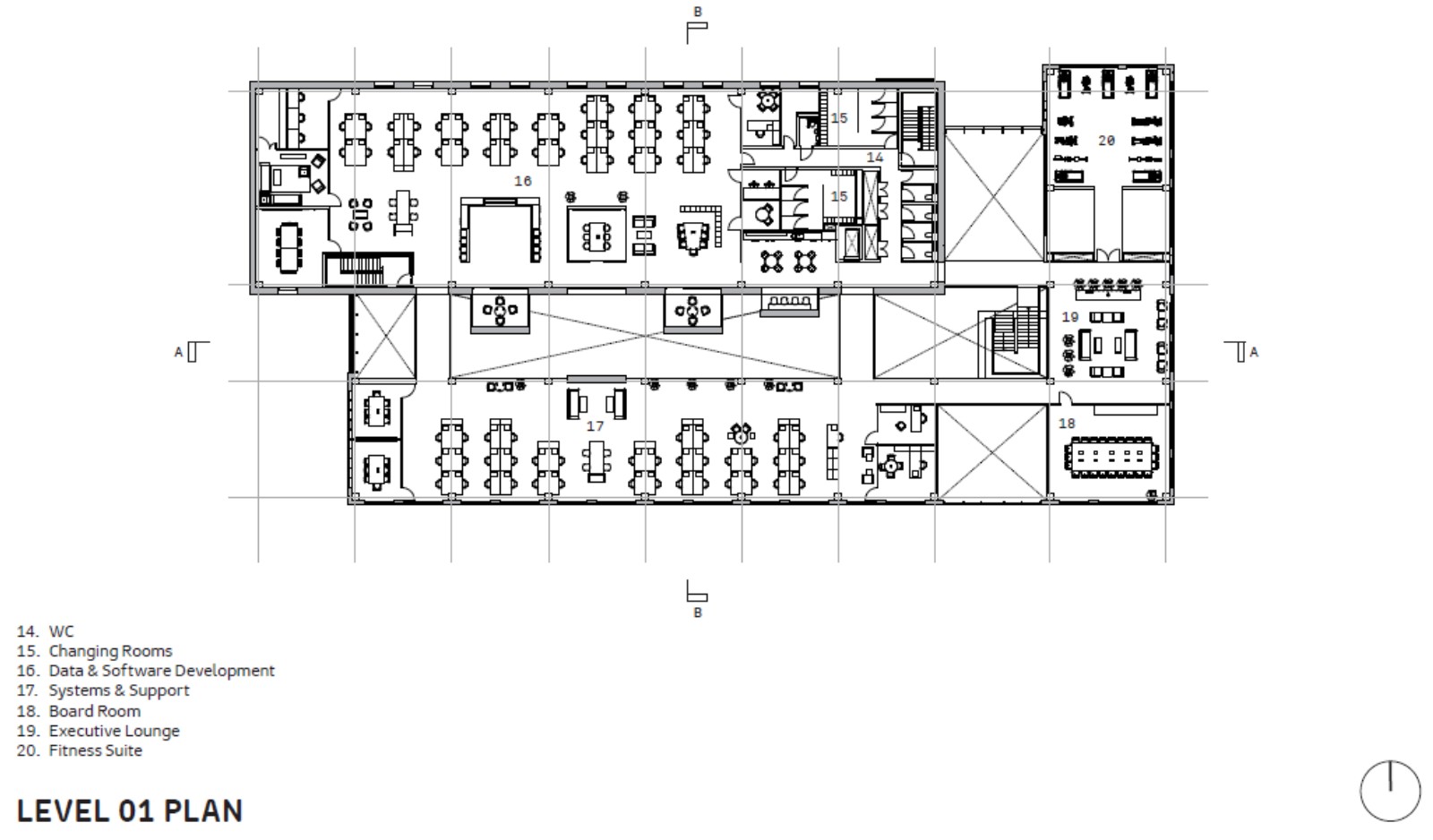
Level 01 Floor Plan 
Sections

